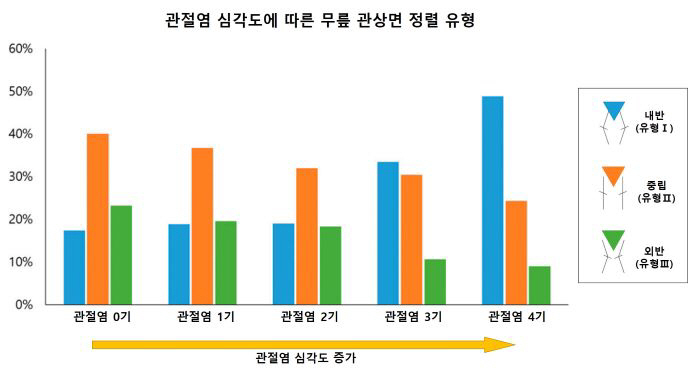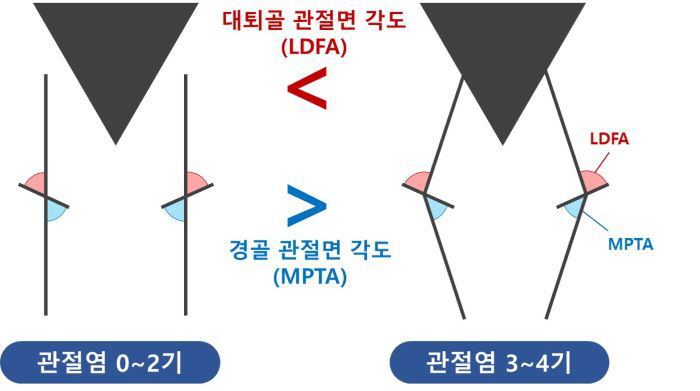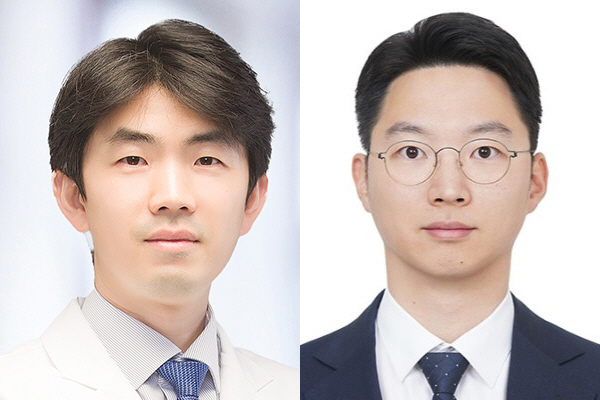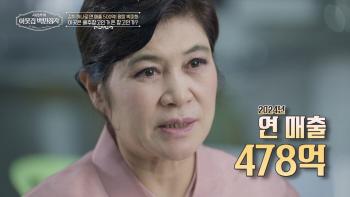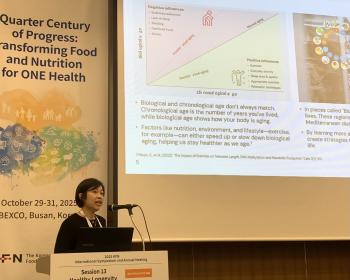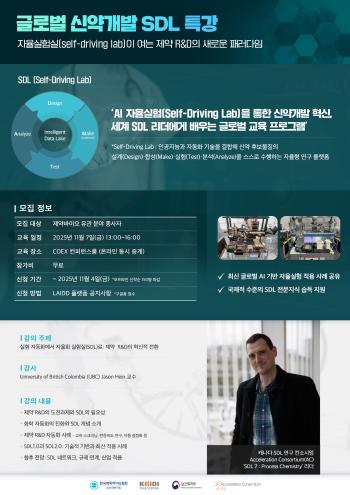Seoul National University Hospital Researchers Identify Differences in Arthritis Risk Due to Knee Alignment with AI
Apr 01, 2025
|
Professor Noh Doo-hyun of orthopedic surgery at Seoul National University Hospital (Research Professor Kim Sung-eun), who conducted more than 18 AI-based international joint studies, recently announced on the 1st that he analyzed 17,000 knee radiographs collected over 20 years using deep learning technology and found that O-shaped legs (inner half alignment) had a higher severity of arthritis in natural knees even before arthritis occurred.
Seoul National University Hospital is said to have achieved the world's third-class research results in the field of musculoskeletal AI, following the University of California, San Francisco (UCSF) and Harvard University, and opened up the possibility of early diagnosis and customized treatment of orthopedic diseases. It is also attracting attention as a result of enhancing the global competitiveness of Korean medical technology and leading the innovation of future medical care.
Professor Noh Doo-hyun's team's research was published in the prestigious Journal of Orthopaedic Surgery 'Journal of Bone and Joint Surgery' by suggesting a new approach that innate knee alignment is closely related to the occurrence and deterioration of arthritis beyond the conventional perception that the leg bends as the arthritis progresses.
Degenerative arthritis, which causes one in four people aged 65 or older in Korea, is a disease that damages bones, cartilage, and ligaments due to aging. This causes inflammation and pain and deforms the shape of the legs, and if pain and deformation are severe, total knee arthroplasty can be considered.
For effective surgery, it is important to restore the innate knee alignment for each patient, so the concept of 'Knee Coronary Surface Alignment (CPAK)' is utilized. This is a method of inferring the knee alignment shape before arthritis occurs based on the natural bone structure. Distortion caused by degenerative changes can be excluded, which is useful for determining the cause of arthritis. However, no studies have analyzed the association between knee coronary alignment and arthritis progression.
|
As a result of the analysis, Type II (neutral alignment) was the most common in the 0th to 2nd stages of arthritis, but the type I (inner classification) ratio increased as arthritis became more severe. The research team explained that this result not only causes severe varix deformation in the knee as arthritis progresses, but also shows that people who are born with varix alignment are vulnerable to arthritis.
Additionally, a comparison of innate knee variables confirmed that patients with stage 3 to 4 arthritis tended to have a larger femoral joint surface angle (LDFA) and a smaller tibia joint surface angle (MPTA) compared to stage 0 to 2. In other words, the more severe patients with arthritis, the more clearly the characteristics of internal alignment were observed. On the other hand, the two variables showed no significant change even with age, so the natural knee bone shape was maintained even with age.
Based on these results, the research team explained that 'knee coronal alignment', which means innate knee structure, can be a useful indicator for predicting high-risk arthritis groups and evaluating early intervention. In addition, he emphasized that the possibility of customized arthritis diagnosis and treatment can be increased by utilizing the research team's deep learning software that precisely classifies knee coronary alignment.
Furthermore, the research team conducted the world's largest study using this AI technology to compare knee coronary alignment in Korean and UAE arthritis patients. As a result, it was confirmed that Middle Eastern patients have more common knee varix alignment than domestic patients, and older patients have more severe varix deformation. The results of this study were published in the journal Knee Surgery & Related Research' by proving the difference in arthritis progression patterns according to race and environment.
Professor Noh Doo-hyun said, "It is significant that AI-based research can investigate the association of knee deformation according to arthritis severity. In particular, it seems important to understand the anatomical characteristics of the knee in order to perform customized arthritis surgery, and AI technology that can accurately analyze large-scale data is expected to present a new paradigm for orthopedic treatment."
Meanwhile, the research team developed an AI model for diagnosing hip fractures that learned more than 5,000 X-ray images through multi-center joint research. This model has been identified as more accurate than orthopedic surgeons in detecting and classifying fractures, and is considered an innovative achievement in the field of medical AI, and was recently selected as an editor-pick study in the international journal The Bone & Joint Journal.
|
This article was translated by Naver AI translator.
